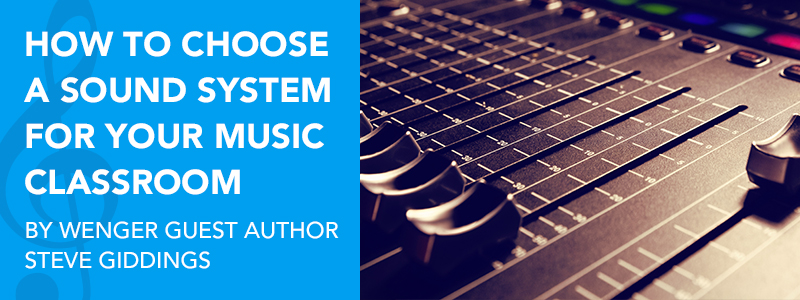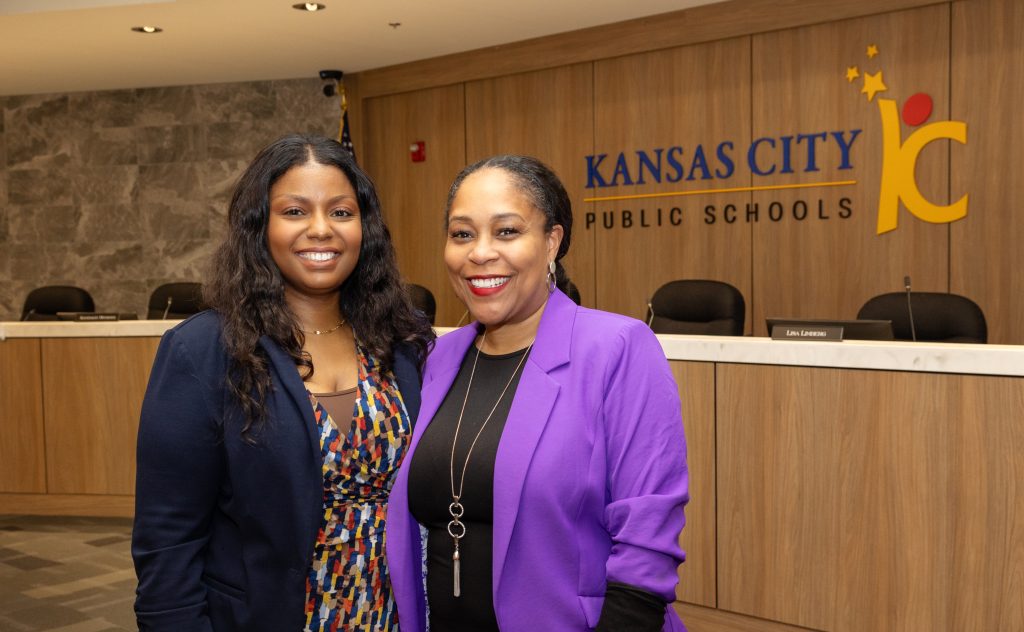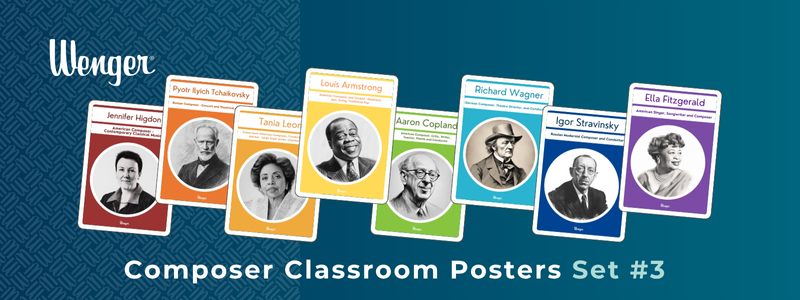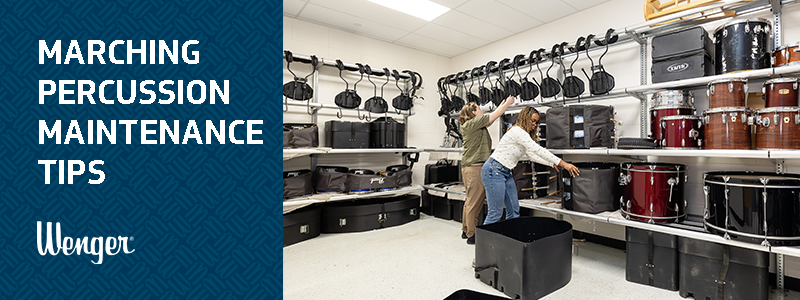Written by Wenger Guest Author Steve Giddings, Teacher, Columnist, and owner of StevesMusicRoom.com

What Kind of Sound System Do I Need?
One of the things we don’t often learn in school when we are learning how to be a music teacher is how to work a sound system and what would be the best fit for our classrooms. The sound needs for a choir or band room are very different from what might be needed in a general music classroom, and will vary depending on the ensemble being facilitated. Jazz bands often need some amplification, while wind bands often need none. While on the complete other hand, a rock ensemble or popular music ensemble will need quite a bit of gear, but a singer-songwriter setting will need very little. The performance setting might also call for additional equipment. If you are thinking about adding to your sound arsenal, upgrading your sound system, or wanting some advice on what to get for your particular situation, read on.
Self-contained Speaker-Amplifier Combo (Portable PA)
There are lots of portable PA systems available on the market, but the best names for these units are Bose, JBL, and Mackie. They are often light-weight enough for use in most classroom settings where amplification of up to 3 voices or sound signals is needed. Many of these systems have battery power, making them great for your outdoor classrooms too. If you want something versatile that can be used in anything from a singer-songwriter to a small rock band, take a look at the BOSE L1 line of portable PA systems.
Plug-In Systems
There are many benefits to plugging in for these types of systems. For one, they are more reliable for concert settings and assemblies when reliable sound is needed. Many of these systems have hybrid plugs meaning that you can attach either XLR (microphone) or patch cables (¼” instrument) into the same hole.
Wireless or Bluetooth
No wires can certainly be a benefit, and the convenience and versatility of hooking up to a device quickly can be appealing in a classroom setting, but a Bluetooth setup can be incredibly unreliable in concert or performance settings. This is because everybody at the concert will have cell phones that will disrupt the wireless signal and each of them have their own Bluetooth transmitter.
Mixer and Mains
This is by far the most versatile system with regard to being able to facilitate the music making and teaching of any ensemble type or performance situation you might come across in your school. It does consist of many parts, though: One would need a mixer with between 8 and 16 channels, and two main speakers as well as probably a couple additional speakers to act as monitors for performance settings. Unfortunately, there is a bit of a learning curve involved in getting something like this going. Essentially, this will be able to handle a larger rock band, and any other sound requirements you may need. This setup is also not very portable. There will also be some other gear (DI boxes, specialized microphones, etc…) that will need to be purchased for some performance and rehearsal settings if you choose to go this route. This option certainly gives much much more versatility, but can take time to set up and learn some of the ins and outs.
If you would like to learn more about this particular type of system and how to set up your first one, please check out this blog post called “How to Set Up and Run Your First Sound System.”
Conclusion
In the end, sound systems are required in the music teaching profession. The sound system that fits your needs will differ depending on your teaching situation. Some systems are built for particular purposes, and are great in certain situations, but not in others. The sound system that is right for you will certainly vary, but I hope that this post has given you some insight into what your classroom will need. What are you currently using in your classroom for a sound system? Mention them in the comments.

Aside from his regular gig as a public school music teacher, Steve
is a regular columnist in the Canadian Music Educator Journal where
he writes on topics including popular music education and creativity,
and is author of the award-winning book, Rock Coach: A Practical
Guide for Teaching Rock Bands in Schools, and Creative Musicking:
Practical, Real-Life Ideas to Get Your Learners Creating Their Own
Music. He also just released his third book called, Technology for
Unleashing Creativity, through Oxford University Press. He has
been a long-time advocate for creative musical practices and a
conduit for pushing the envelope in music education throughout
Canada and across the world. He is owner and operator of
StevesMusicRoom.com, a music education blog and resource hub.
Follow him on socials @StevesMusicRoom.



